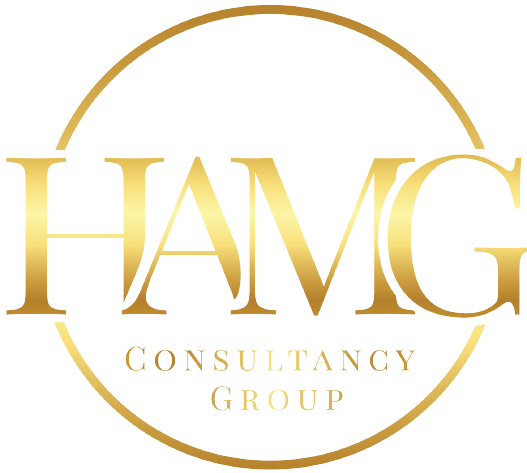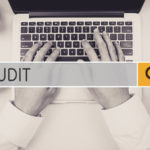The evaluation and documentation of audit evidence is a crucial component of the auditing process. It involves the assessment and validation of the information and data gathered during an audit to form a basis for the auditor’s opinion. Effective evaluation and documentation of audit evidence provide assurance to stakeholders that the financial statements are reliable and free from material misstatement. This part explores the importance of evaluation and documentation of audit evidence and discusses the key considerations and best practices in this process.
- Importance of Evaluation and Documentation of Audit Evidence
Evaluation and documentation of audit evidence play a fundamental role in the overall audit process. They serve several purposes, including:
- Support for Auditor’s Opinion: Audit evidence forms the basis for the auditor’s opinion on the financial statements (in internal audit practices as well). Effective evaluation and documentation of audit evidence ensure that the conclusions drawn from the evidence are sound and reliable. It helps the auditor assess the overall fairness and accuracy of the financial statements and express an opinion accordingly.
- Compliance with Auditing Standards: Auditing standards, such as the International Standards on Auditing (ISA), require auditors to obtain sufficient and appropriate audit evidence to support their opinion. Proper evaluation and documentation of audit evidence demonstrate compliance with these standards and help ensure that the audit is conducted in accordance with professional requirements.
- Risk Assessment and Materiality Considerations: Evaluation and documentation of audit evidence help auditors assess the risks associated with the financial statements and determine the materiality thresholds. By examining the nature, timing, and extent of audit procedures performed and documenting the findings, auditors can identify potential risks and material misstatements, allowing them to focus on areas of higher risk during the audit.
- Key Considerations in Evaluation of Audit Evidence
- Relevance and Reliability: Audit evidence should be both relevant and reliable. Relevance refers to the information’s ability to address the audit objectives and provide meaningful insights. Reliability relates to the evidence’s trustworthiness and the degree to which it can be considered credible. Auditors need to evaluate the source, nature, and quality of the evidence to ensure its relevance and reliability.
- Sufficiency: Audit evidence should be sufficient to provide a reasonable basis for the auditor’s opinion. The sufficiency of evidence depends on the nature of the audit procedures performed, the risk associated with the audit objectives, and the materiality thresholds. Auditors must obtain enough evidence to support their conclusions and ensure that it is representative of the underlying population.
- Appropriateness of Audit Procedures: Audit procedures should be appropriate to achieve the audit objectives. The selection of audit procedures depends on various factors, such as the assessed risks, the nature of the entity, and the available resources. Auditors must evaluate whether the chosen procedures are capable of providing the necessary evidence to support their conclusions.
- Best Practices in Documentation of Audit Evidence
- Clear and Concise Documentation: Audit documentation should be clear, concise, and organized. It should provide a comprehensive record of the audit procedures performed, the evidence obtained, and the conclusions reached. Documentation should be sufficiently detailed to allow an experienced auditor, with no prior knowledge of the audit, to understand the work performed.
- Timeliness: Audit evidence should be documented in a timely manner. Delays in documentation can lead to the loss of critical information and increase the risk of errors or omissions. Auditors should make it a practice to document the evi壯陽藥 dence as soon as it is obtained, ensuring that the documentation is contemporaneous with the work performed.
- Cross-Referencing: Audit documentation should be cross-referenced to facilitate traceability and ease of review. Cross-referencing involves linking the evidence to the relevant audit procedures and the conclusions drawn. This helps auditors and reviewers navigate through the documentation, ensuring that all audit procedures are adequately supported.
- Retention and Confidentiality: Audit documentation should be retained for an appropriate period, as required by regulatory and professional standards. Retention ensures that the documentation is available for review and reference. Additionally, auditors should maintain the confidentiality of the documentation to safeguard sensitive client information.
The evaluation and documentation of audit evidence are vital components of the auditing process. They provide assurance to stakeholders that the financial statements are reliable and free from material misstatement. Through effective evaluation, auditors can assess the relevance, reliability, and sufficiency of audit evidence. Documentation ensures a comprehensive record of the audit procedures performed, the evidence obtained, and the conclusions reached. By adhering to best practices in evaluation and documentation, auditors can enhance the quality and credibility of their work, ultimately benefiting both the auditors and the stakeholders relying on their opinions.




